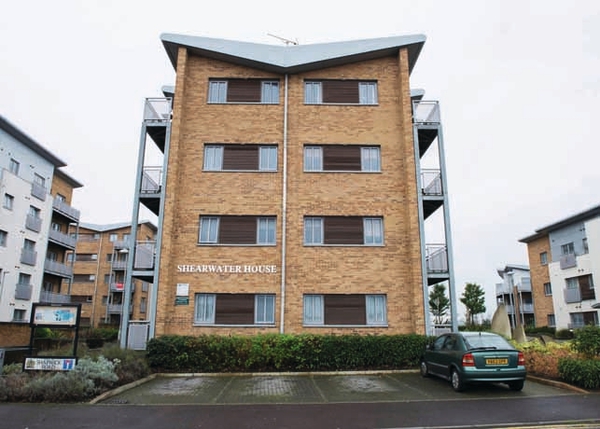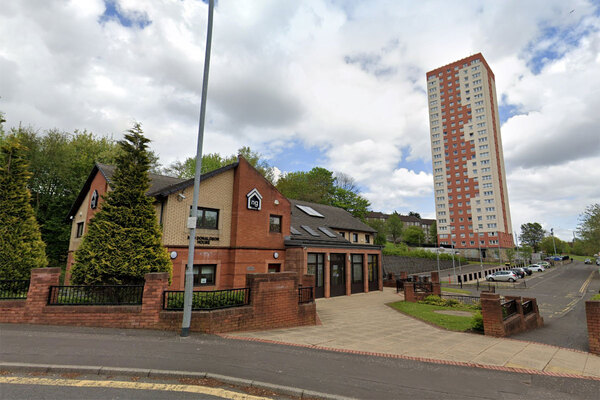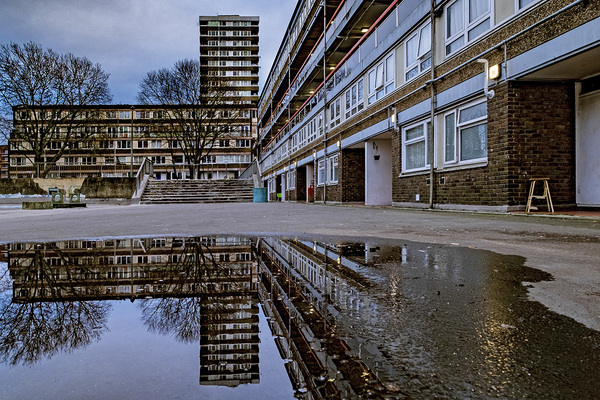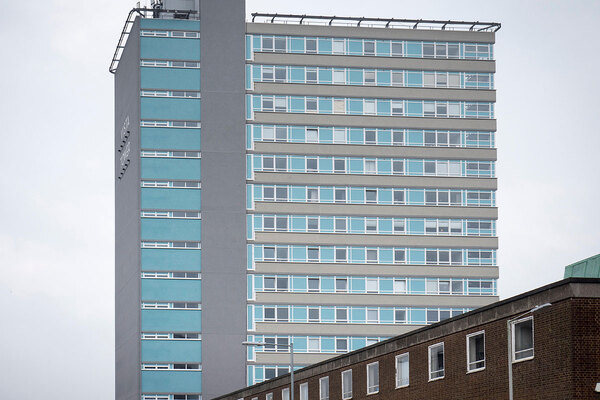Hidden danger
A year ago the Health and Safety Executive warned that 1,200 homes with concealed flue boiler systems could be ‘immediately dangerous’. Martin Hilditch charts the action taken by developers since then to deal with this unseen threat

Investigators from the Health and Safety Executive dropped a bombshell on the housing industry last year: thousands of people across the UK could be living in homes that pose an immediate threat to their lives. It is difficult to imagine a more stark warning.
HSE investigators had a few months earlier launched a probe into gas safety following the death of 26-year-old dance teacher Elouise Littlewood in the new build flat she part-owned with Notting Hill Housing at the Bedfont Lakes development in west London.
Ms Littlewood died of carbon monoxide poisoning despite the fact that her flat, which was built by Barratt West London, had been issued with a full set of gas safety certificates just months before. The heating system was designed by one contractor and installed by a separate sub-contractor.
The HSE’s investigations revealed that, far from being an isolated incident, similar tragedies could happen - possibly on a large scale.
Investigators rated 1,200 homes as potentially ‘immediately dangerous’. A further 4,800 were potentially ‘at risk’ and required work. The figures are based on exploratory work carried out by Barratt and other developers.
These findings prompted the executive to issue an immediate safety alert, last October, about a particular type of boiler system known as a concealed flue, which is hidden from sight and does not exit the home immediately through an external wall. Of the 60,000 installed in British homes investigators estimated that 1,200 posed a danger to life and should be shut down immediately.
A year on from the warning, what has happened and what lessons can be learned?
Immediately after the tragedy Barratt, which built Ms Littlewood’s flat, launched a massive inspection programme, visiting all of its developments started since April 2007 that had concealed flue systems - some 1,986 homes in 65 housing schemes.
A spokesperson points out that in the ‘vast, vast majority’ of cases the investigation didn’t find any problems. But he admits there were ‘a few where we identified one or two problems’. These included two developments in Colchester: 179-home Balkerne Heights and 79-home Horizon. There were also problems at Barratt’s 50-home Brewery Wharf development in Leeds.
The checks identified two main issues, says Barratt’s spokesperson. ‘Either the brackets [supporting the flue] were not put in place properly or inspection panels were not properly installed,’ he states. The former could result in leaks, the latter make it harder to detect them. ‘Wherever we inspected we remedied the issue and we fitted, as a matter of course, carbon monoxide alarms,’ adds the spokesperson.
Money no object
Ms Littlewood’s death also prompted the house builder to fit carbon monoxide alarms on all properties which incorporate gas, he adds.
Barratt believes its change of policy is an important one, the spokesperson says. ‘We regard it as a prudent precautionary measure,’ he adds. ‘The cost is not as important a consideration as the well-being [of occupiers].’
Barratt is not the only major house builder to discover problems with the concealed flue system. Following the HSE’s warning last October, Persimmon also looked into how many of its homes had been fitted with this system since 2007. According to a spokesperson it discovered that 1,096 homes - 5.21 per cent of those built in the past two years - could be affected.
It has written to all homeowners that might be at risk. ‘From the responses received to date from our purchasers we have established that 384 properties did not have access panels in accordance with the safety requirements,’ says the spokesperson. ‘We have since undertaken the necessary work on 277 of these properties, with the remainder due to be addressed by December 2009.’
Worryingly, the spokesperson adds its workers have struggled to gain access to some homes that may have a problem. ‘We will continue to make contact with homeowners who have yet to respond to our previous correspondence and we intend to issue further requests by registered post for access to properties that require inspection,’ he says.
The industry as a whole has certainly been taking the issue seriously. The Home Builders’ Federation has set up a panel with representatives from the HSE, major house builders and the government’s Gas Safe Register, which replaced CORGI as the gas registration body in April, to examine what else can be done. An HBF spokesperson says that the problems are not unique to Barratt and Persimmon - although he adds that his organisation doesn’t know how many homes with problems have been discovered. That said, builders are checking the relevant flue systems. ‘The vast majority of [HBF] members have risk-assessed back to [homes built after] June 2007 and that is still ongoing,’ he says.
Problems such as inspection panels not being in place are being corrected, he adds. ‘We are still waiting to see what comes back from the HSE in terms of what led to the fatality.’
When that will be - or what it will say - remains unknown. The HSE confirmed it is working with the HBF and developers and plans to issue further guidance on its findings at an as yet unspecified date.
There are, however, some steps that could be taken immediately to make all new homes safe. Inside Housing’s Safe as Houses campaign is calling for changes to building regulations to make it compulsory for carbon monoxide alarms to be installed in all new build homes which have gas appliances.
Ms Littlewood’s death is appalling proof that it is possible for homes with safety certificates to have serious problems that could compromise safety. By acting now home builders can prevent more families like Elouise Littlewood’s from being hit by tragedy.
Inside Housing is running a campaign to stop preventable deaths from gas or fire. For more see our Safe as Houses page










